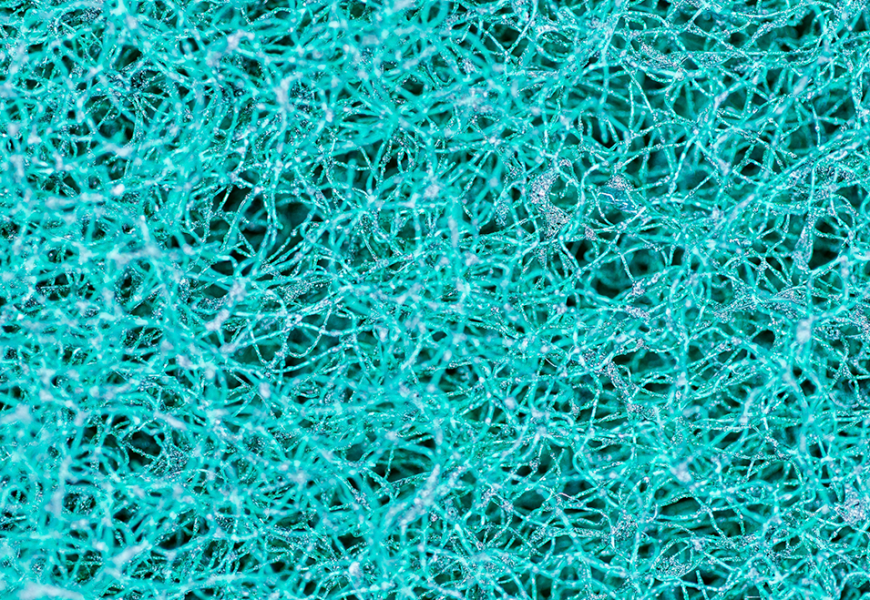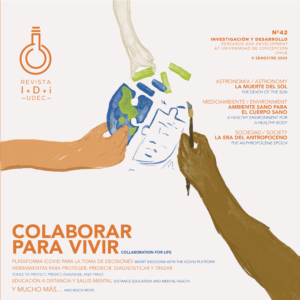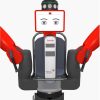In recent years, ideas have been established that we use 10% of our brain. This type of belief about learning at the neuronal level is wrong and it can be classified as a neuromyth. Dr. Mabel Urrutia has been working for more than five years investigating the link between Cognitive Neuroscience and Education, two different disciplines that, combined, can reveal the truth that our brain hides.
By Ferlly Varela and Francisca Leighton
/ facueducacion@udec.cl
/ Photografies: Sonja San Martín
Believing that there are types of learning; visual, auditory and kinesics, is a popular neuromyth that unfortunately affects the teaching practice and its methodology. “The brain works in a network, it is multimodal and we need all the channels to learn. We are a whole”, explains Dr. Mabel Urrutia, an academic from the Faculty of Education of the Universidad de Concepción and a researcher dedicated to the study of the functioning of the brain, applied to education.
In 2018, Doctor Urrutia together with an interdisciplinary work team, composed by professors from Biomedical Civil Engineering program; Pamela Guevara and Esteban Pino, along with the Linguistics specialist Paola Alarcón and the Psychology researcher Cristián Oyanadel, (were awarded with) won a project that allowed her to acquire portable electrophysiology equipment with a wireless system for the study of innovative teaching methodologies and its influence on learning at the neurocognitive level.
“It is a very sophisticated machinery that measures the brain activity of four people at a time, along with how they are synchronized when challenges arise in the classroom. This machinery works by placing gel on the, cap electrodes allowing the post-synaptic signal to be amplified through the recording of brain waves and frequency bands”, explains the researcher.
FUNCTIONING
The equipment arrived in July 2019 from Germany, and 15 people were trained to use it. From August to October, the project was divided into two reading comprehension strategy electives: one with a traditional methodology and the other with a more interactive one, but only five sessions were recorded, since data collection was stopped because of the social outbreak and the Covid-19 pandemic.
Volunteers participated in the process and signed an informed consent for the use of the cap of the machinery that, through the gel and the electrodes, records their brain activity.
Among the preliminary results, the researchers found differences between the traditional method and the collaborative method. The Alpha and Beta frequency power bands, which have to do with memory processes and motor resources, were activated in the first method. In the collaborative group, more Theta was visualized, which is related to problem-solving processes and implies that the student is involved in learning.
Dr. Mabel Urrutia points out that, within the analyzed data, the reading episode obtained greater differences in some power bands: “we can indicate that there is empirical evidence, limited of course, since the participatory method seems to involve a higher cognitive effort, which could lead to more meaningful learning compared to the more traditional method.”
The evidence would demonstrate in detail how the brain works with a participatory methodology. “It would be a contribution to other faculties, because we will be able to know the different moments of a didactic cycle and thus change the form of curricular planning and content at the teaching level”, indicates the researcher.
In 2021, Doctor Mabel Urrutia was awarded with the Fondecyt project “Reading in the classroom for Pedagogy students with reading comprehension problems. Reading intervention program and its effect on the generation of inferences: evidence from electrophysiological and eye movement techniques”, which will allow her to link both projects.
Electrophysiology will let us see what happens in the brain of people with reading comprehension difficulties and will be combined with new equipment that can record when participants gaze, the time, the jumps in reading, among others. “The processes associated with ocular movements are from a lexical level and the machine contributes in measuring the discursive level. Therefore, we will be able to have a more complete X-ray of the reading comprehension problems of university students”, she concludes.
For more information, please contact: maurrutia@udec.cl
Last modified: 2 de junio de 2023






